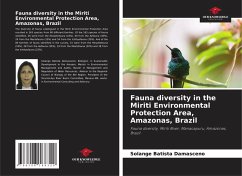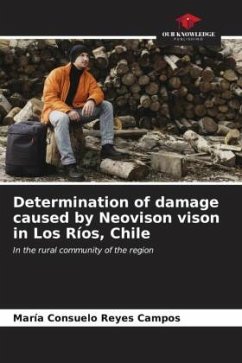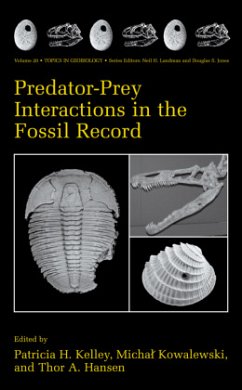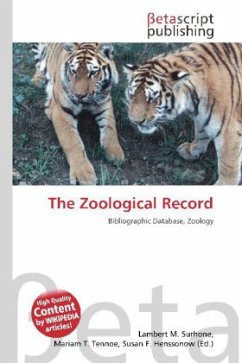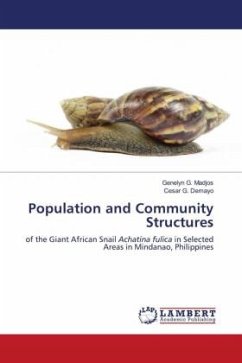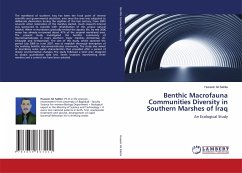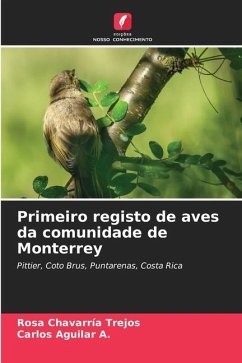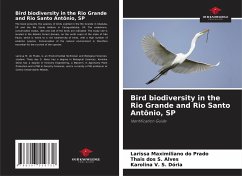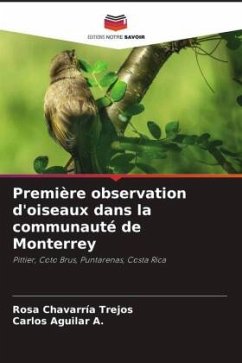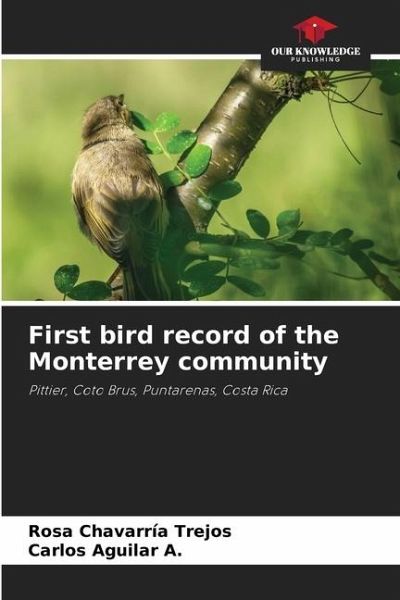
First bird record of the Monterrey community
Pittier, Coto Brus, Puntarenas, Costa Rica
Versandkostenfrei!
Versandfertig in 6-10 Tagen
27,99 €
inkl. MwSt.

PAYBACK Punkte
14 °P sammeln!
The avifauna is considered an indicator of environmental quality of a place, due to its great ecological and taxonomic variety. This is why knowing the richness of bird species in a region and their status is very important in terms of conservation. The study was carried out from January 2015 to December 2017 and 125 species were recorded, distributed in 38 families and 18 orders. Some of these species are mentioned in the CITES appendices or in the regulations to the Wildlife Law, resolution: R-SINAC-CONAC-092-2017, also, according to the IUCN, three of them are near threatened and one with v...
The avifauna is considered an indicator of environmental quality of a place, due to its great ecological and taxonomic variety. This is why knowing the richness of bird species in a region and their status is very important in terms of conservation. The study was carried out from January 2015 to December 2017 and 125 species were recorded, distributed in 38 families and 18 orders. Some of these species are mentioned in the CITES appendices or in the regulations to the Wildlife Law, resolution: R-SINAC-CONAC-092-2017, also, according to the IUCN, three of them are near threatened and one with vulnerable populations. In our country, the greatest richness and diversity of birds occurs in humid or very humid tropical forests, typical in the South Pacific area. Similarly, an important factor in the species richness of the study site are the different types of ecosystems found, since these satisfy the ecological requirements of various species. It can be concluded that Monterrey supports the ecological needs of an interesting avifauna, and that there are still some species of which most of their biology and threats are unknown.



